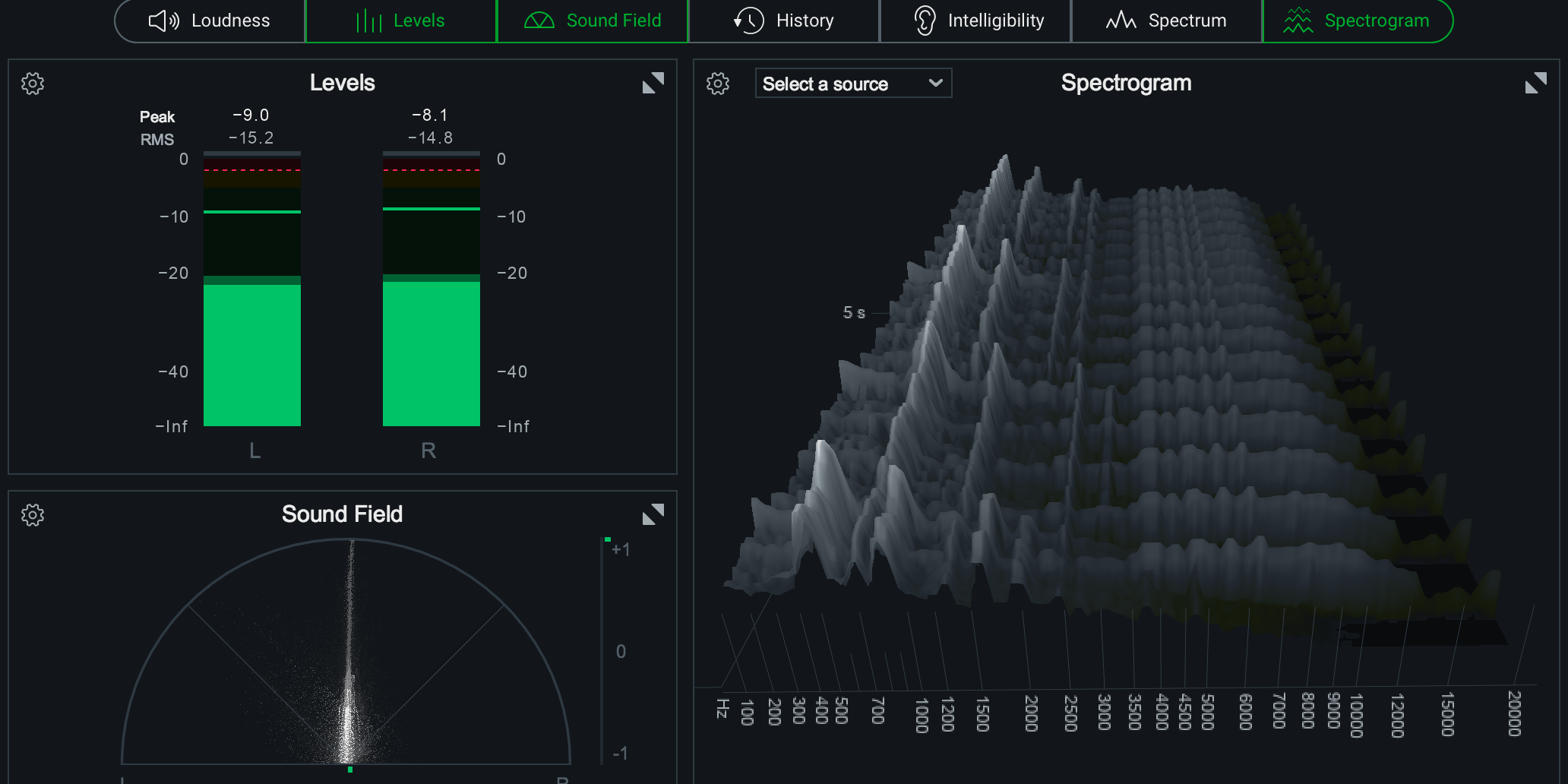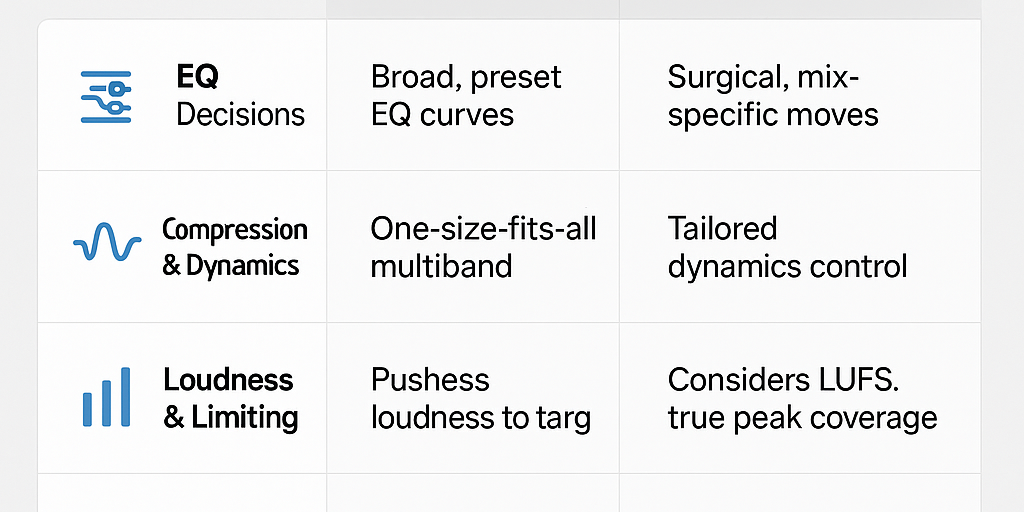While the basic principles of mastering apply to all genres of music, there are some subtle differences and techniques that are specific to certain genres. In this blog post, we will take a closer look at how to master for different genres of music.
Rock and Pop
Rock and pop music are two of the most popular genres in the world, and they have a lot in common when it comes to mastering. Both genres rely heavily on vocals, so it's important to make sure that the lead vocals are clear and upfront in the mix. This can be achieved by using EQ to cut out any frequencies that may be muddying up the vocals, and by using compression to bring out the presence and punch of the vocals.
Another key element of rock and pop mastering is the use of limiting. Limiting is a type of dynamic processing that is used to increase the overall volume of the track. However, it's important to use limiting carefully, as over-limiting can result in a distorted, over-compressed sound. A good rule of thumb is to aim for an average loudness level of around -14 dBFS (decibels relative to full scale), which will give you plenty of headroom and prevent distortion.
Electronic Dance Music (EDM)
EDM is a genre that is characterized by its electronic instrumentation, pounding rhythms, and infectious melodies. When mastering EDM tracks, it's important to pay attention to the bass and kick drum, as these are the driving force behind the music. Make sure that the bass and kick drum are punchy and well-defined, and use EQ and compression to bring them to the forefront of the mix.
Another key element of EDM mastering is the use of side-chain compression. Side-chain compression is a technique where the compressor is triggered by an external signal, such as a kick drum. This can create the classic "pumping" effect that is commonly heard in EDM tracks. However, be careful not to overdo it, as too much side-chain compression can ruin the groove and make the track sound unnatural.
Hip Hop and Rap
Hip hop and rap music are all about the beats and the rhymes, so it's important to make sure that these elements are front and center in the mix. Use EQ and compression to bring out the punch and clarity of the drums, and make sure that the vocals are clear and upfront in the mix.
One unique aspect of hip hop and rap mastering is the use of vinyl simulation. Many hip hop and rap tracks are released on vinyl, and the warm, gritty sound of vinyl can add a lot of character to the music. To achieve this sound, you can use a vinyl simulation plugin or hardware unit, which will add noise, crackle, and warmth to the track.
Jazz and Blues
Jazz and blues are two genres that are known for their organic, spontaneous feel, so it's important to preserve this vibe when mastering. When working with jazz and blues tracks, use EQ and compression sparingly, as too much processing can ruin the natural, organic sound of the music. Instead, focus on making small adjustments to the balance of the mix, and make sure that the vocals and solos are upfront in the mix.
One key element of jazz and blues mastering is the use of reverb. Jazz and blues music often relies on a sense of space and ambiance, and adding a small amount of reverb can help to create this feeling. However, be careful not to overdo it, as too much reverb



